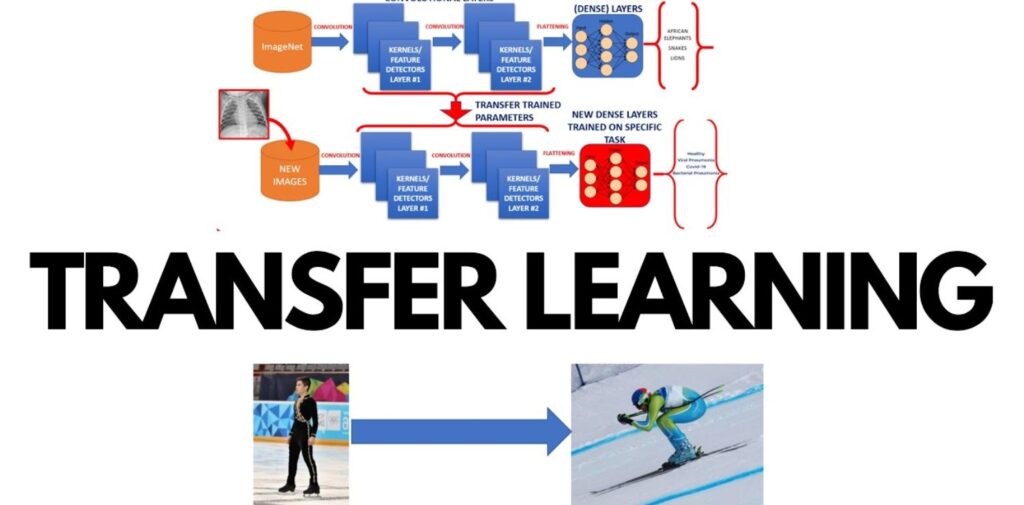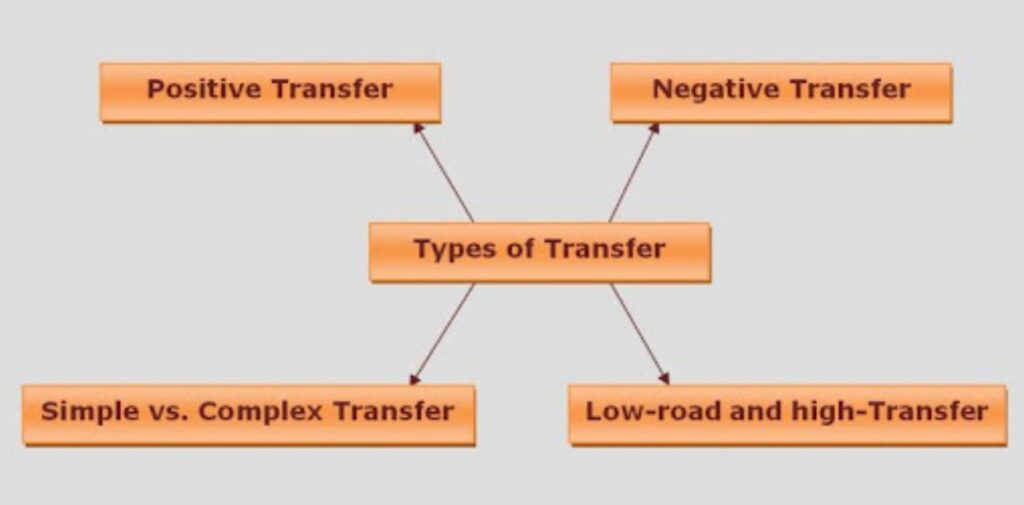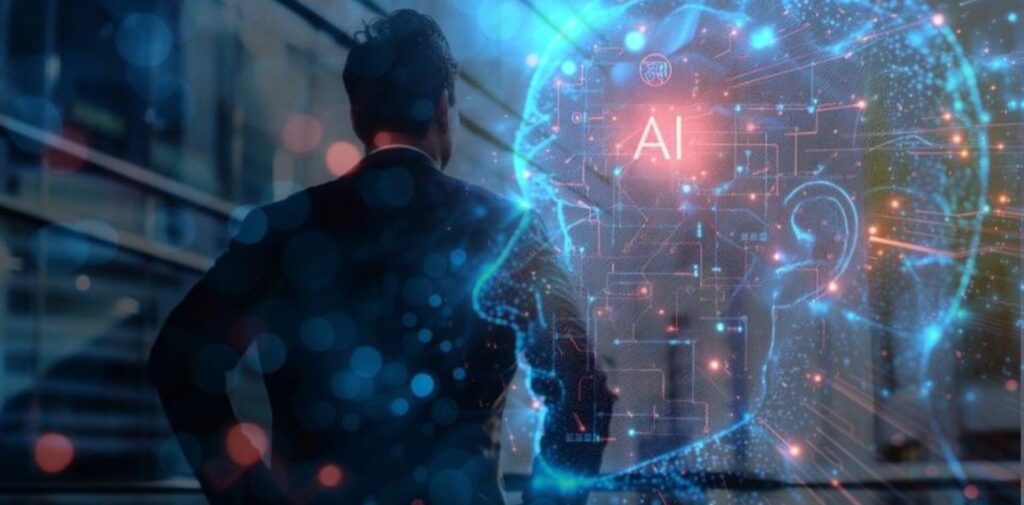Artificial Intelligence (AI) is rapidly transforming various industries, and one of the most powerful techniques making waves in the field is transfer learning. In this article, we will explore the concept of transfer learning, how it works, and why it is gaining popularity in India. By the end of this article, you will have a solid understanding of this fascinating concept and its significance in modern AI applications.

What is Transfer Learning?
Transfer learning is a method in machine learning and artificial intelligence where knowledge gained from solving one problem is used to solve a different, but related, problem. Instead of training a model from scratch, transfer learning allows AI systems to leverage pre-trained models, which already have learned certain features from other tasks. This way, the model doesn’t need to start learning everything from zero, saving a lot of time and computational resources.
For example, imagine you’re trying to build an AI system to recognize objects in images. Instead of training the system from scratch to learn how to identify every object in a photo, you can use a pre-trained model that has already learned to identify basic features like edges, colors, and shapes. You can then fine-tune this pre-trained model to recognize specific objects like cars, bikes, or trees.
This approach is highly efficient, especially in situations where there is limited data or resources. Transfer learning makes AI development faster and more accessible, particularly for businesses and developers in India, where cost-effective solutions are in high demand.
How Does Transfer Learning Work?
To better understand transfer learning, let’s break it down step by step:
- Pre-trained Models: The first step in transfer learning is using a pre-trained model. This model has already been trained on a large dataset and has learned general features that are useful across many tasks. For instance, a model trained to identify animals in images has learned to detect shapes, edges, and textures that are common in many types of images.
- Feature Extraction: In this step, the pre-trained model is used to extract features from new data. The idea is that the learned features from the original task are applicable to the new task as well. For example, a model that was trained to classify animals can also help in classifying different types of fruits, since both involve similar patterns and shapes.
- Fine-Tuning: While the pre-trained model is good at identifying general features, it may not be perfect for the new task. Fine-tuning is the process where the model is further trained with a small dataset specific to the new task. This helps the model adjust its weights and biases to improve accuracy on the new problem.
- Prediction: Once the model is fine-tuned, it is ready to make predictions on new data. The model can now classify or predict outcomes with a high degree of accuracy, even if it was not initially trained for that specific task.

Types of Transfer Learning
There are several types of transfer learning, depending on how much of the pre-trained model is reused and adapted to the new task:
- Inductive Transfer Learning: This is the most common form of transfer learning. In this approach, the source and target tasks are different, but related. The model learns from the source task and adapts it to the target task through fine-tuning.
- Transductive Transfer Learning: In this case, the source task and target task are the same, but the source data is different from the target data. The model is adapted to perform well on the target data while using the knowledge gained from the source data.
- Unsupervised Transfer Learning: This approach is used when the target task does not have labeled data (i.e., no explicit outcomes are provided). The pre-trained model is used to learn patterns and features from the source data, and this knowledge is applied to the target task.
Why is Transfer Learning Important in AI?
Transfer learning has numerous advantages, which is why it is being widely adopted, not just in India, but globally. Let’s explore some of the key reasons why it’s such an essential technique in AI development.
- Reduced Training Time and Cost: Training machine learning models from scratch requires large amounts of data and computing power. This can be expensive and time-consuming, especially for smaller businesses and developers in India. Transfer learning allows the reuse of pre-trained models, cutting down the time and resources required to build AI systems.
- Improved Accuracy with Limited Data: In many cases, gathering a large dataset for a new task can be difficult. Transfer learning allows AI models to work well even with small datasets. By using a pre-trained model, developers can achieve high accuracy without the need for massive amounts of labeled data.
- Accessibility for Small Businesses: For many small businesses and startups in India, access to large computational resources may be limited. Transfer learning provides an affordable way to implement AI without requiring huge investments in infrastructure or data collection.
- Better Generalization: Transfer learning allows models to generalize better across different tasks. Since the model has already learned to recognize patterns in one task, it can transfer that knowledge to a new task, making it more adaptable to changes or new scenarios.

Applications of Transfer Learning in India
Transfer learning has a wide range of applications, especially in industries that are rapidly adopting AI technologies. Let’s look at some specific examples of how transfer learning is being used in India:
- Healthcare: In the healthcare sector, transfer learning is being used for medical image analysis. Indian healthcare providers are using AI to analyze medical images like X-rays and MRIs. By applying transfer learning, AI systems can learn to detect diseases like cancer, tuberculosis, and other conditions without needing large annotated datasets.
- Agriculture: Indian farmers are increasingly adopting AI to improve crop yields and monitor plant health. Using transfer learning, AI models can analyze images of crops and predict potential diseases or pests, helping farmers take preventive actions in real-time.
- E-commerce: E-commerce giants in India are using transfer learning to improve product recommendations, search results, and customer sentiment analysis. Transfer learning allows models to understand customer preferences based on past interactions and then make personalized recommendations, improving customer satisfaction.
- Smart Cities: In smart city projects, transfer learning is being applied for traffic management, waste management, and energy optimization. AI models can be trained on existing data from other cities to predict traffic patterns or optimize energy usage in Indian cities.
- Language Processing: India is a multilingual country, and transfer learning is playing a key role in natural language processing (NLP) for multiple languages. AI models trained on English data can be fine-tuned to understand Indian languages like Hindi, Tamil, Telugu, and Bengali, improving translation, voice assistants, and customer support systems.
Conclusion
Transfer learning is a powerful tool in AI that is changing the way we approach machine learning tasks. It makes AI development faster, more cost-effective, and accessible, especially for countries like India, where resources may be limited. Whether in healthcare, agriculture, e-commerce, or smart cities, transfer learning is helping businesses and organizations make better use of their data and achieve remarkable results.
As AI continues to evolve, the importance of transfer learning will only grow, enabling more advanced, accurate, and efficient AI solutions across various sectors. By leveraging the power of transfer learning, India can become a global leader in AI innovation, creating solutions that benefit both businesses and everyday people.




